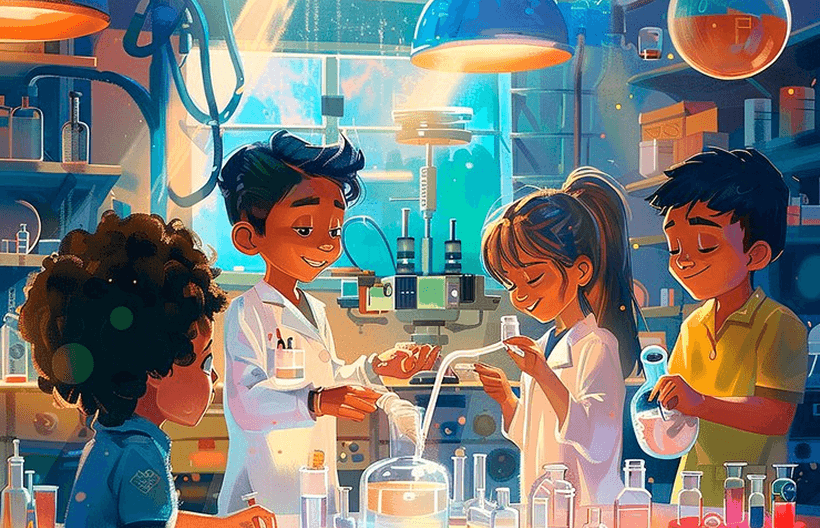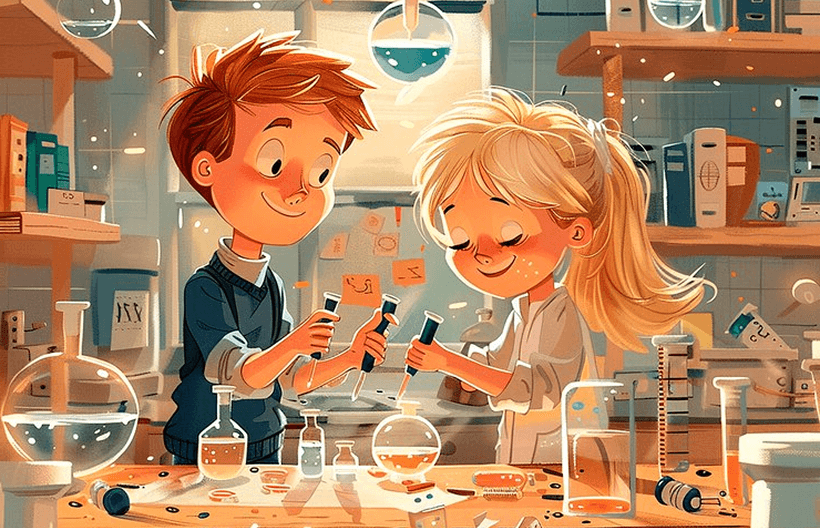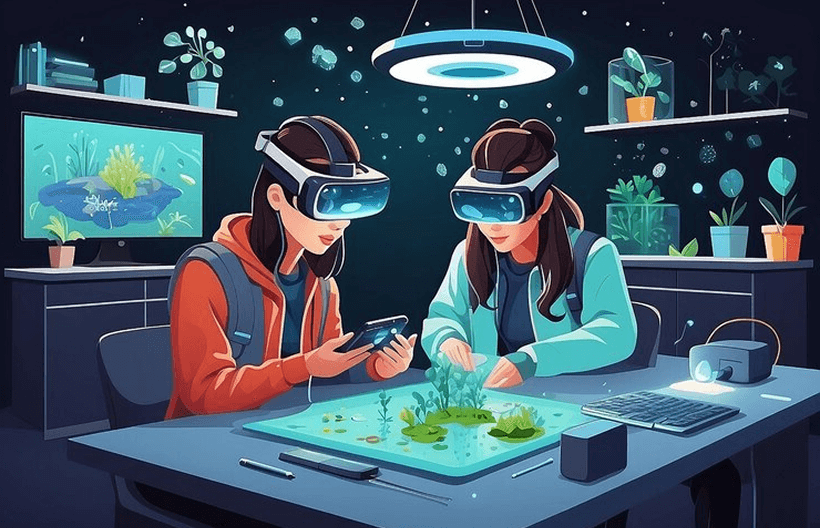Play has always been a child’s natural way of exploring the world. But what happens
when play becomes the gateway to science, technology, engineering, and math
(STEM)? At Sparks Discovery, we believe games are more than entertainment—they’re
powerful learning tools.
Why Play Matters in STEM
When children play, they experiment, take risks, and learn cause-and-effect. These are the same skills scientists, engineers, and innovators use every day. A building game introduces structural design; a coding challenge teaches logic; and a cooperative quest builds teamwork.
The Science Behind Gamification
Gamified learning taps into motivation by using rewards, levels, and challenges. Badges and achievements encourage persistence, while immediate feedback helps learners correct mistakes in real-time. This mirrors the trial-and-error process scientists rely on to test ideas.
Real Examples in Action
– Coding Games: Students learn loops, sequences, and debugging by “playing”
with digital puzzles.
– Robotics Challenges: Kids design, test, and redesign their robots until they
succeed—learning resilience along the way.
– Math Quests: Story-based adventures turn numbers into mysteries waiting to be
solved.
Final Thought
Play is not wasted time—it’s the foundation of discovery. By gamifying STEM, we’re
preparing learners to think critically, solve problems, and innovate in ways textbooks
alone can’t provide.


